Introduction
Eight Treasure Congee, also known as Babao Zhou in Chinese, is a beloved traditional dish that symbolizes harmony, prosperity, and nourishment. This hearty porridge combines eight (or more) ingredients, each contributing unique textures, flavors, and nutritional benefits. While the recipe varies across regions and households, the core principle remains consistent: patience and precision in simmering. One of the most frequently asked questions by both novice cooks and seasoned chefs is, “How long should Eight Treasure Congee be simmered to achieve perfection?” This article delves into the science, techniques, and cultural nuances behind determining the optimal cooking time for this iconic dish.
The Foundations of Eight Treasure Congee
Before diving into cooking times, it is essential to understand the composition of Eight Treasure Congee. The “eight treasures” typically include a mix of grains, legumes, dried fruits, nuts, and sometimes meat or herbs. Common ingredients include:

- Glutinous rice: Provides a creamy base.
- Red beans, mung beans, or adzuki beans: Add protein and fiber.
- Lotus seeds, dried lilies, or goji berries: Infuse subtle sweetness and floral notes.
- Jujube dates, longan fruit, or dried apricots: Contribute natural sweetness.
- Nuts like walnuts or almonds: Offer crunch and healthy fats.
- Optional additions: Barley, black rice, or even chicken breast for savory versions.
Each ingredient requires different cooking times due to variations in density, moisture content, and starch levels. For example, dried beans may take longer to soften compared to pre-soaked grains, while nuts retain their texture even after prolonged simmering. Balancing these elements is key to a harmonious final product.
The Science of Simmering: Why Time Matters
Cooking Eight Treasure Congee is a delicate dance of heat and time. The goal is to break down complex starches into gelatinized molecules, creating a velvety texture while preserving the integrity of delicate ingredients. Here’s what happens during simmering:
- Starch Gelatinization: Grains like rice and barley release starch when heated, thickening the liquid. This process begins around 140°F (60°C) but peaks between 180–200°F (82–93°C).
- Protein Denaturation: Legumes and nuts soften as their proteins unravel and rebond, becoming tender.
- Flavor Extraction: Dried fruits and spices release aromatic compounds, enhancing the congee’s depth.
Rushing the process by using high heat may result in uneven cooking, scorched bottoms, or undercooked beans. Conversely, overcooking can lead to a mushy consistency or loss of nutritional value.
Recommended Simmering Time: A Step-by-Step Guide
The total cooking time for Eight Treasure Congee typically ranges from 5 to 3 hours, depending on the method and ingredients. Here’s a breakdown:
-
Pre-Soaking Ingredients (30 minutes–2 hours):
- Soak harder ingredients like red beans, mung beans, and lotus seeds in water to reduce cooking time.
- Glutinous rice and barley can be soaked for 30 minutes to soften slightly.
-
Initial Boiling (10–15 minutes):
- Bring 8–10 cups of water (or broth) to a rolling boil.
- Add soaked ingredients and bring back to a boil. Skim off any foam.
-
Simmering Phase (1–2 hours on low heat):
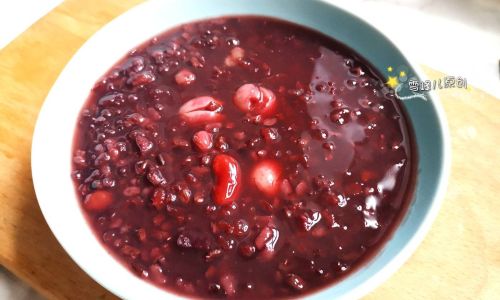
- Reduce heat to the lowest setting. Cover the pot with a lid, leaving a small gap to prevent overflow.
- Stir occasionally to prevent sticking.
- After 1 hour, test the tenderness of beans and grains. They should be soft but not disintegrating.
-
Final Touches (30–60 minutes):
- Add delicate ingredients like dried fruits, nuts, and herbs during the last 30 minutes to avoid overcooking.
- Adjust consistency by adding hot water if the congee becomes too thick.
Factors Influencing Cooking Time
-
Ingredient Variability:
- Unsoaked beans: Add 30–60 minutes to total cooking time.
- Whole grains: Require longer simmering compared to cracked or polished grains.
- Fresh vs. dried ingredients: Dried fruits and mushrooms need rehydration time.
-
Cooking Vessel:
- Heavy-bottomed pot: Distributes heat evenly, reducing the risk of scorching.
- Slow cooker: Allows for hands-off cooking over 4–6 hours on low heat.
- Pressure cooker: Cuts time to 20–30 minutes but requires careful release of pressure.
-
Altitude:
At high elevations, water boils at lower temperatures, extending cooking time. Adjust by 10–15% for every 1,000 feet above sea level.
-
Desired Texture:
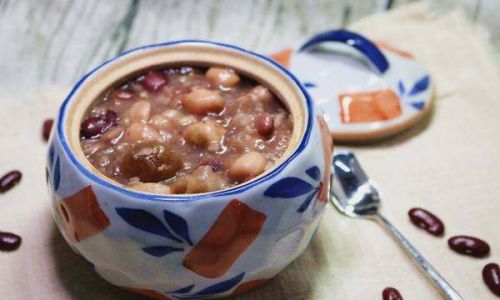
- Soup-like consistency: Simmer for 1.5–2 hours.
- Thick, porridge-like texture: Extend to 2.5–3 hours.
Common Mistakes and How to Avoid Them
-
Undercooked Legumes:
Solution: Soak beans overnight or use a pressure cooker for stubborn varieties.
-
Overcooked Grains:
Solution: Add glutinous rice 30 minutes after other ingredients to prevent mushiness.
-
Burnt Bottom:
Solution: Use a heat diffuser or switch to a slow cooker for unattended cooking.
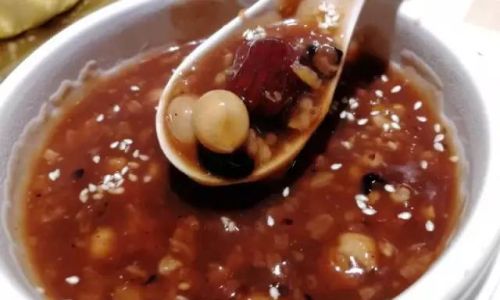
-
Inconsistent Stirring:
Solution: Stir every 10–15 minutes, especially during the first hour.
Cultural Perspectives on Cooking Time
Traditional Chinese medicine (TCM) emphasizes the therapeutic properties of congee, advocating for slow simmering to retain Qi (vital energy). Elderly generations often insist on cooking congee overnight in a clay pot, believing this method maximizes nutritional absorption. Conversely, modern minimalists prefer pressure cookers for efficiency, arguing that rapid cooking preserves vitamins better than prolonged heating.
In Southern China, congee is often cooked until grains dissolve into a silky broth, while Northern recipes retain a slightly chunkier texture. These regional preferences influence cooking times, with Southern versions sometimes simmering for 4+ hours.
Advanced Techniques for Enthusiasts
-
Double-Boiling Method:
Simmer congee in a ceramic bowl placed inside a larger pot of boiling water. This indirect heat prevents scorching and allows for ultra-slow cooking (6–8 hours).
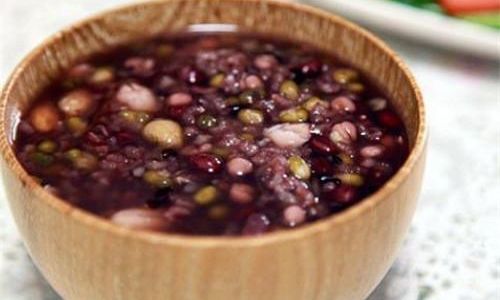
-
Fermented Starters:
- Add a small amount of fermented rice water (jiuniang) to accelerate starch breakdown, reducing cooking time by 20–30%.
-
Cold-Start Method:
Combine all ingredients with cold water and bring to a boil slowly. This gradual temperature rise ensures even cooking.
Troubleshooting Guide
| Issue | Cause | Solution |
|————————-|————————————|—————————————|
| Watery congee | Insufficient simmering time | Extend cooking by 30 minutes |
| Burnt taste | High heat or inadequate stirring | Use a diffuser; stir more frequently |
| Crunchy beans | Inadequate pre-soaking | Soak beans 4+ hours or use a pressure cooker |
| Bland flavor | Lack of seasoning or short simmer | Add salt/spices in the final 15 minutes; simmer longer |
Conclusion
The quest for the perfect Eight Treasure Congee is as much an art as it is a science. While the ideal simmering time hovers between 1.5 to 3 hours, flexibility is key. Factors like ingredient preparation, tools, and cultural traditions all play roles in shaping the final dish. Whether you prefer a rustic, textured porridge or a silken, broth-like consistency, mastering the nuances of time and heat will elevate your congee from ordinary to extraordinary. So, embrace the slow dance of simmering, and let your pot of treasures unfold its flavors patiently—after all, the best things in life (and in the kitchen) are worth waiting for.
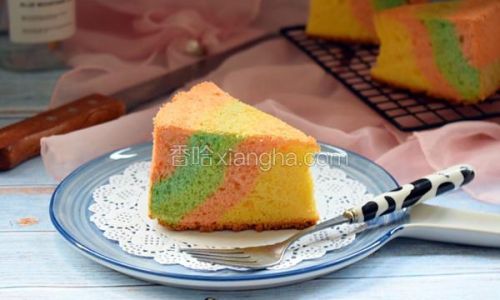
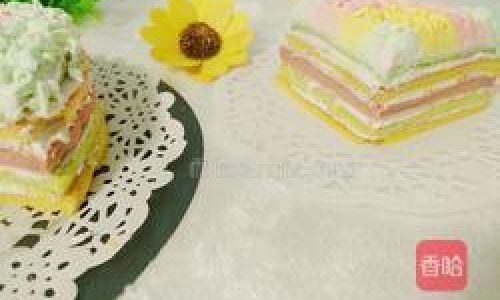

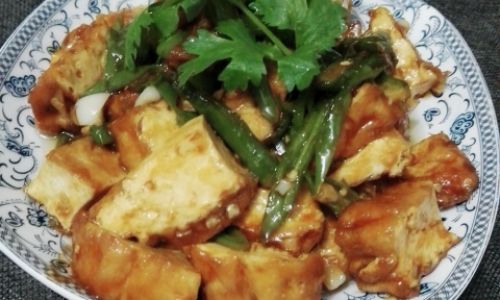
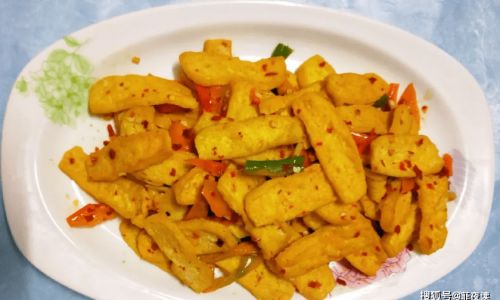
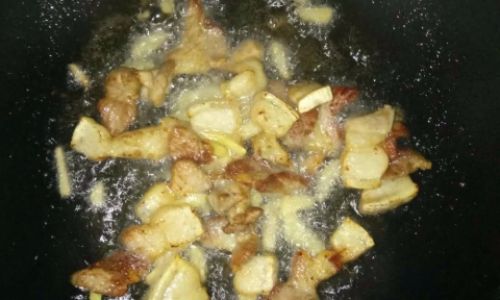
0 comments